- These pulses are used to control angular displacement;
- Working voltage: 5V
- The rotary encoder is used to measure the speed and with PWM technology
- Can achieve rapid speed devices with fixed bolt hole for easy installation
- With the buttons on the rotary encoder can be reset to its initial state, that starts counting from 0.
Rotary encoder module
₹249.00 Original price was: ₹249.00.₹185.00Current price is: ₹185.00.
Out of stock
A rotary encoder, also called a shaft encoder, is an electro-mechanical device that converts the angular position or motion of a shaft or axle to analog or digital output signals. A Gray code absolute rotary encoder with 13 tracks.
It converts rotational motion into an electrical signal that can then be processed by a control system. Two main types of rotary encoders operate on different principles: incremental and absolute. Each has unique ways of handling position data.
A rotary encoder, also called a shaft encoder, is an electro-mechanical device that converts the angular position or motion of a shaft or axle to an analog or digital output signals. An incremental rotary encoder can measures distance, speed & position. Rotary encoders are used in a wide range of applications that require monitoring or control, or both, of mechanical systems, including industrial controls, robotics, photographic lenses, computer input devices such as optomechanical mice and trackballs, controlled stress rheometers, and rotating radar platforms.
Be the first to review “Rotary encoder module” Cancel reply
Related products
-
Water level sensor
₹399.00Original price was: ₹399.00.₹135.00Current price is: ₹135.00. -
Ultra Sonic Sensor
₹229.00Original price was: ₹229.00.₹105.00Current price is: ₹105.00. -
Light blocking sensor (KY-010)
₹599.00Original price was: ₹599.00.₹549.00Current price is: ₹549.00. -
Colour sensor
₹3,990.00Original price was: ₹3,990.00.₹460.00Current price is: ₹460.00. -
Soil Moisture sensor
₹210.00Original price was: ₹210.00.₹180.00Current price is: ₹180.00.

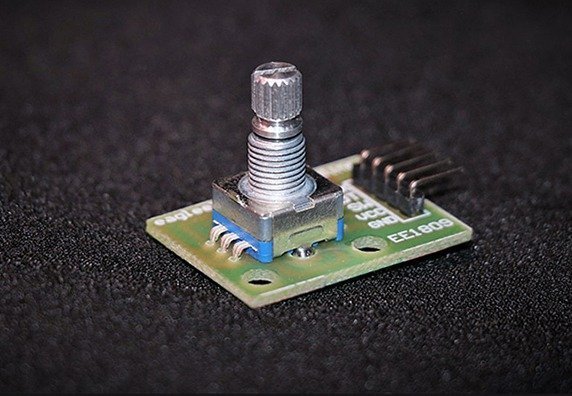
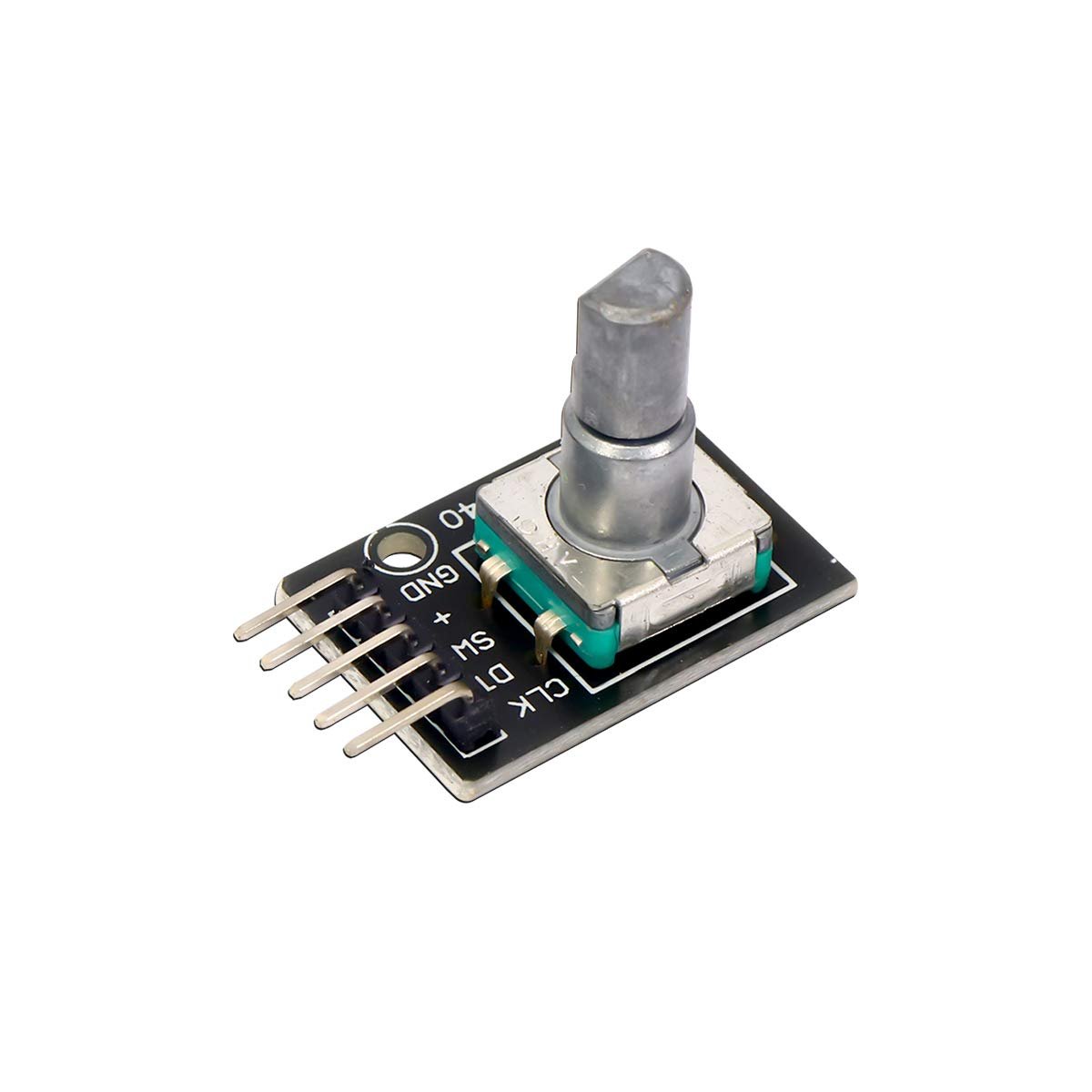
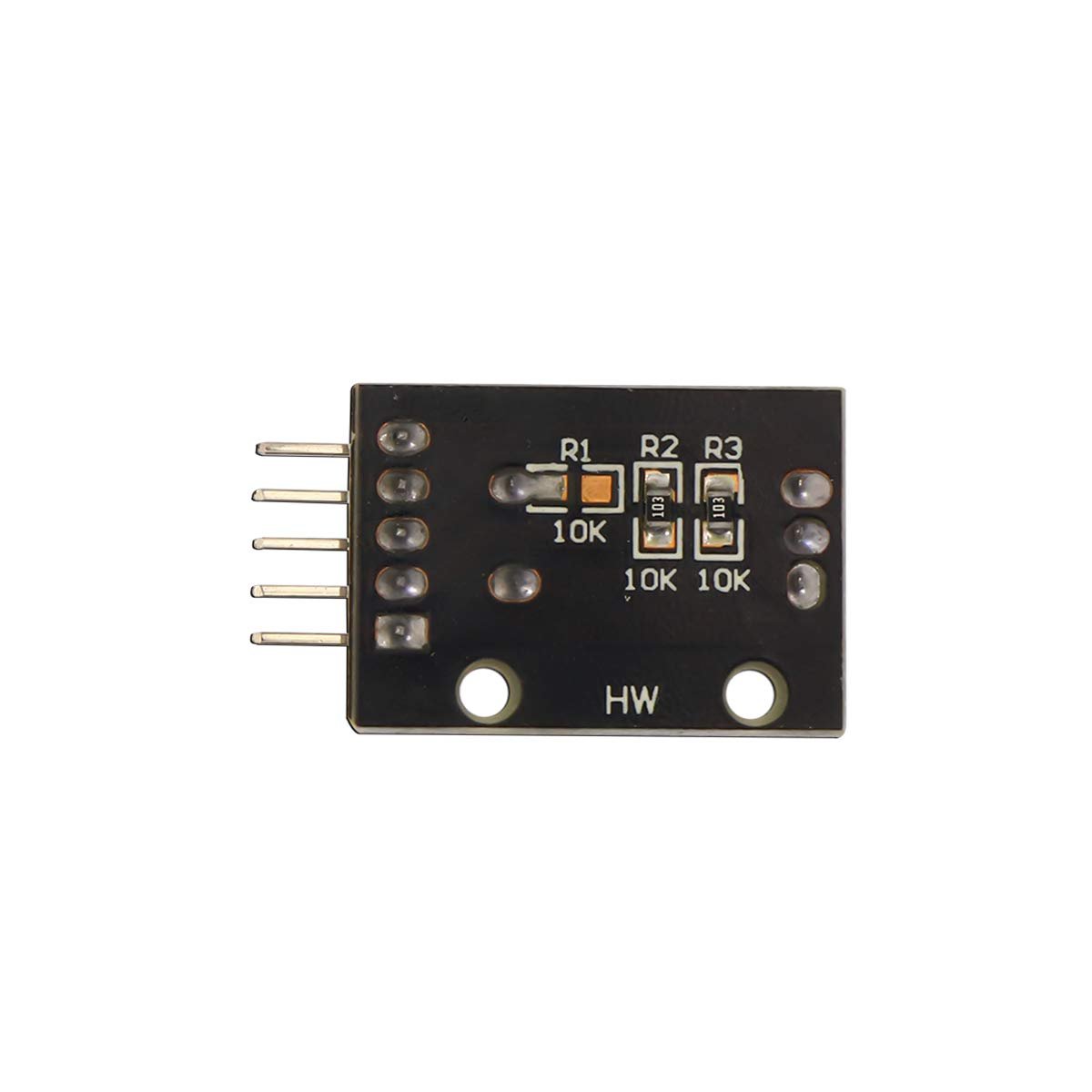
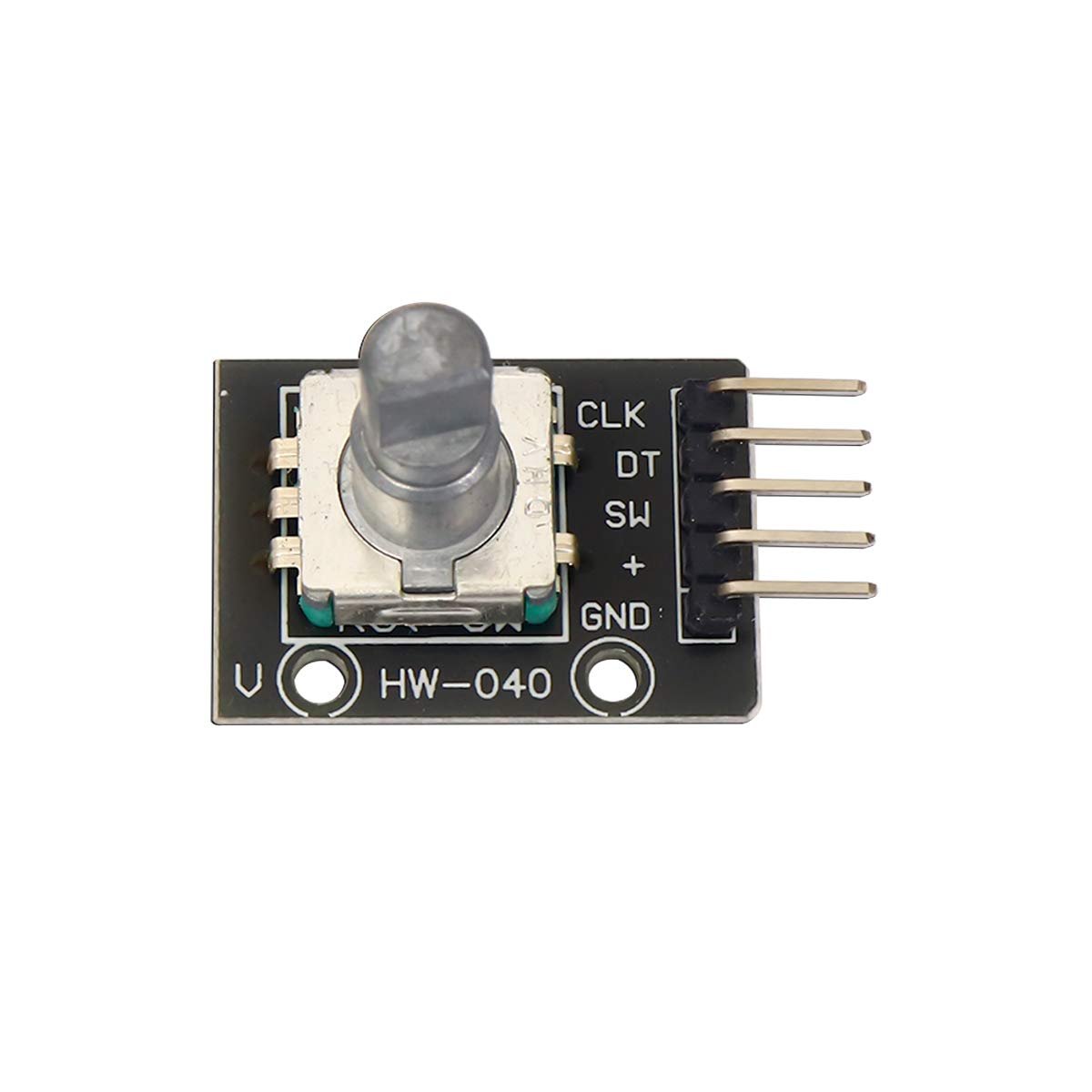
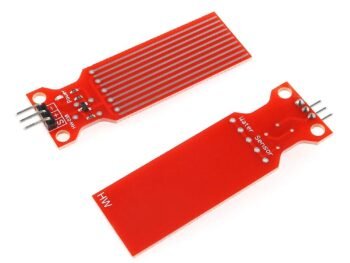
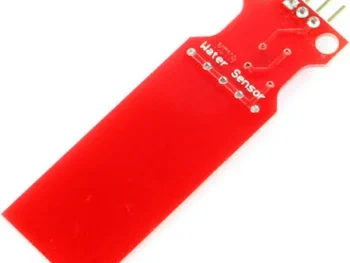
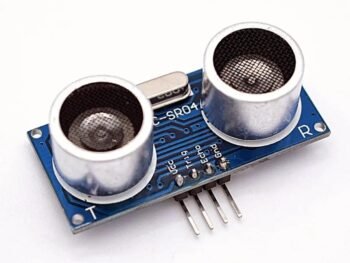

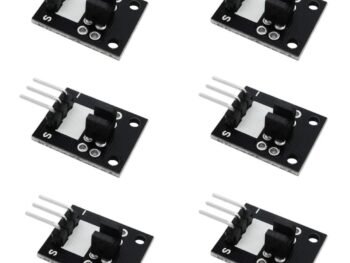
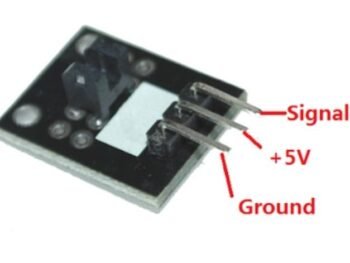

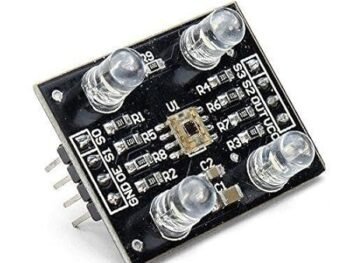
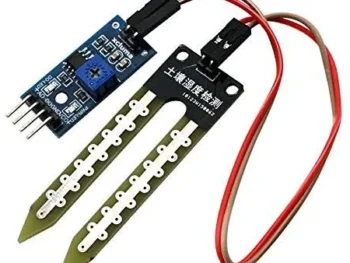

There are no reviews yet.